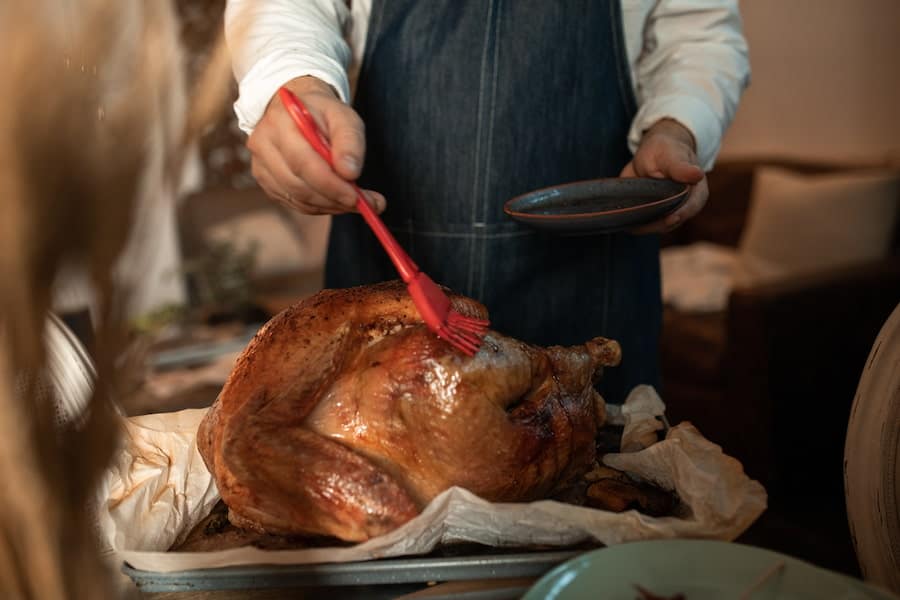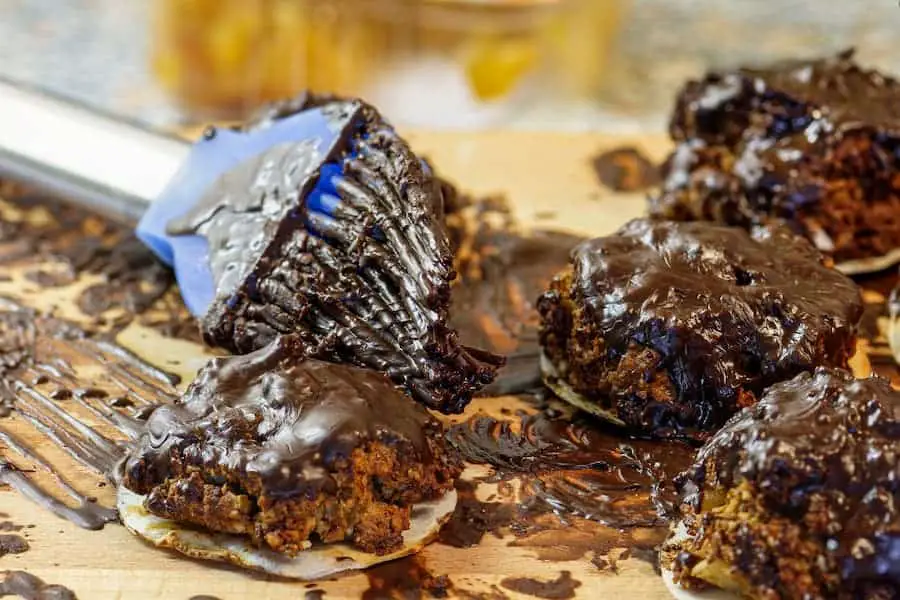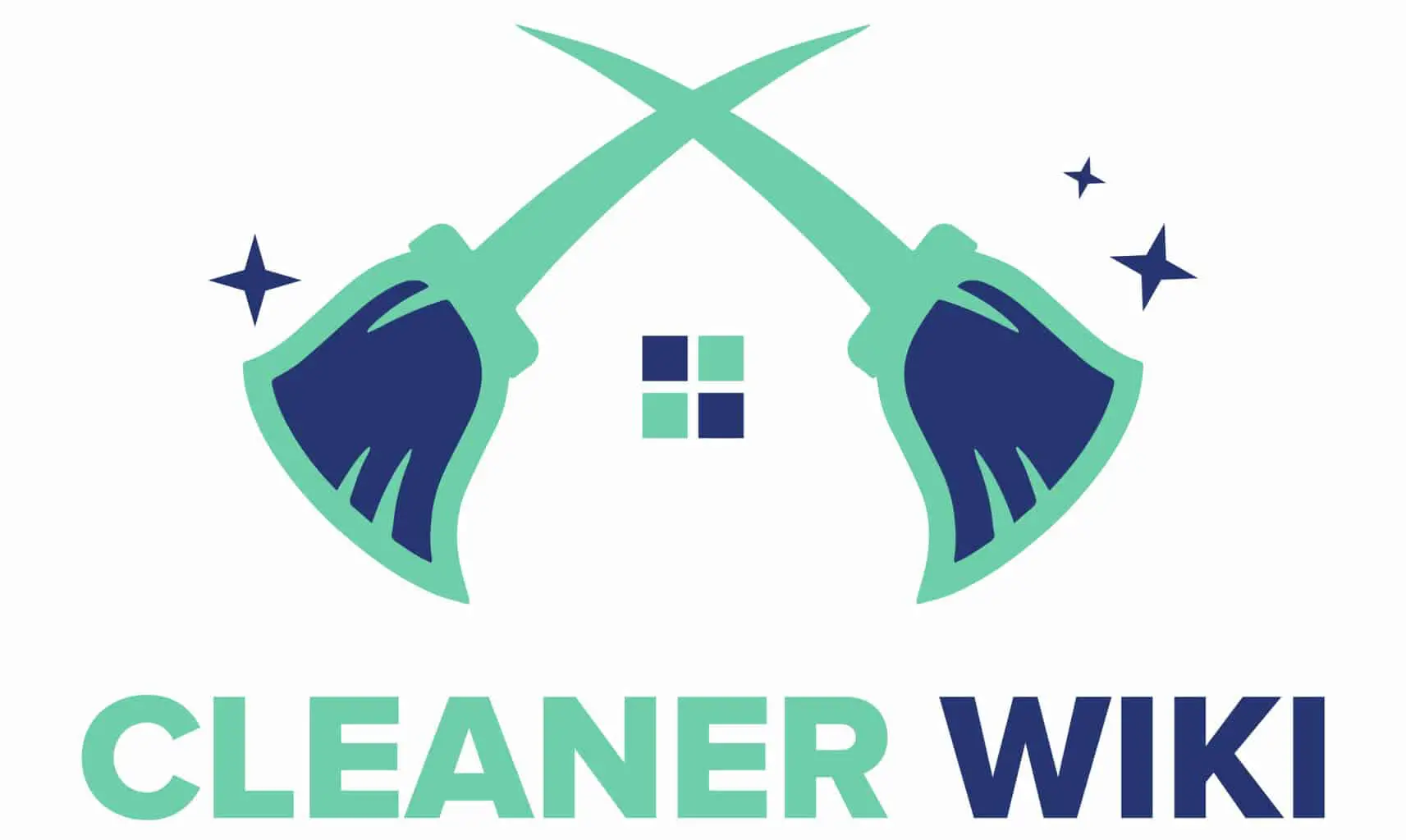As an Amazon Associate we earn from qualifying purchases.
A pastry brush is a kitchen tool used in spreading butter, oil, or glaze on food. This utensil is a staple in homes, restaurants, bakeries, and hotels and provides additional flavor to food. However, with repeated use of the pastry brush, the brush gets dirtier.
To remedy this situation, it is best to inform you of ways on how to clean a party brush.
Contents
How to Clean a Pastry Brush
A pastry brush is made up of two parts: the handle and the bristles. To achieve satisfactory results, it would be wise for one to clean the two parts separately. Separate cleaning of the components ensures thorough cleaning of parts hidden between the handle and the bristles.

Pastry brushes come in two types: modern and traditional pastry brushes. Modern pastry brush bristles are made of silicon, while natural fibers, plastic, or nylon fiber make up traditional brushes. These two categories have different methods of cleaning pastry brushes.
Below, we will discuss how to clean a pastry brush per category.
Silicone Brush
A silicone brush is cleaned differently from a traditional pastry brush. Due to the resilience of silicone’s make-up, you can use a dishwasher to clean a silicone pastry dish. However, you should pay close attention to the instructions that came with the manual.
Should you be unsure of whether your silicone brush is dishwasher-safe, please use the manual cleaning method. This cleaning process works pretty great for disinfecting items like card sleeves, printer drums, and Juul pods as well. The manual cleaning method is as follows:
- Soak the bristles in hot water for a few minutes to remove grease.
- If the brush is greasy, soak the brush directly in soapy water as soap contains chemicals that break down grease and oil particles.
- Run the brush in a stream of hot water and pour some soap around it.
- Gently rub the bristles using both hands until they are foamy.
- Rinse the brush under running water. It carries away any remaining debris that may have been left while cleaning it.
- Raise the brush to check for any remaining dirt in the bristles. Should there be any dirt, repeat the steps above until the brush is thoroughly clean.
- Thoroughly scrub and rinse the handle in a stream of running water.
- Drain off the water in the bristles by pressing them in a dry towel.
- Alternatively, one can leave it to dry.
You should store the brush in a dry condition to prevent the occurrence of a mildew odor. The dryness also prevents the growth of any microorganisms on the pastry brush that may cause an illness.

Traditional Pastry Brush
In the case of a natural pastry brush, leaving the brush uncleaned for a long time would make the bristles hard, making them difficult and time-consuming to clean. You should clean the pastry brush immediately after use to prevent any sauces and other condiments from drying on the brush. Therefore, the following steps are effective while cleaning a pastry brush:
- Pour a tiny amount of soap over the bristles.
- Rub the soap gently but thoroughly using both hands. It would be best not to use excessive force to prevent the bristles from coming off the brush.
- One hand should hold the handle while the other hand gently rubs the bristles using the thumb.
- Rinse the brush using running hot water until all the foam has disappeared and no debris is left.
- To dry the brush, pat it gently on a dry kitchen towel before laying it flat on the clean kitchen counter to dry.
- For quick drying, leave the pastry brush in a standing position to allow easier dripping of water, or use an air dryer for more immediate results.
- Should the brush still feel oily after cleaning it up, repeat the procedure severally until you achieve the desired result.
However, you may find the pastry brush still retains the mildew odor. The odor might indicate that the brush is broken, with the crevices allowing in and retaining water. Should this be the case, we advise that you replace the brush with a new one.
Alternative Methods
If the pastry brush still has food debris stuck around the handle even after washing, you can use a bleaching agent. Bleaching agents reduce the possibility of harmful microorganisms growing on your brush by sterilizing the pastry brush.
To sanitize the pastry brush, pour about 450-470 milliliters (ml) of water into a bowl and add a half glass of your preferred bleach brand. Soak the pastry brush in the solution for a few minutes.
In case you encounter a stubborn type of grease that makes your brush rancid, we recommend that you use a slightly acidic lime solution to remove the oil. Soaking the brush in a lime solution removes the grease by dissolving the fats while eliminating odors.

Precautions You Should Take When Cleaning Your Brush
When using a dishwasher to clean a silicone pastry brush, you should not use too much as the high temperatures may melt the glue that holds the bristles in position. The melting of the adhesive may cause the bristles to start falling off from the brush rendering it virtually useless.
A similar case also applies when it comes to pastry brushes with a plastic handle. The high temperatures may burn the plastic handle and end up producing a foul odor. Also, when washing a plastic pastry brush, one should be cautious not to use too much force when washing the handle as the handle might break, owing to the handle’s delicate nature.
When to Replace Your Pastry Brush
There are some cases whereby repeated cleaning does not remedy the situation. A factor to consider when choosing whether to replace your pastry brush should be its quality after cleaning. One of the indicators of diminished quality is the presence of stains and odors on the brush despite repeated cleaning.
Another indicator of poor quality is the falling off brush bristles. In such a case, you should immediately replace the pastry brush. Replacing the brush prevents the falling bristles from contaminating your food, which might cause discomfort, abdominal complications, and death.
Conclusion
Pastry brushes are a necessary utensil to have in your kitchen area. However, the brush accumulates dirt with each use. Cleaning the dirt then becomes a matter of hygiene.
Cleaning the brush should be an easy process for you, provided you have the right tools. We hope you enjoy whatever meals you create with your clean pastry brush.
